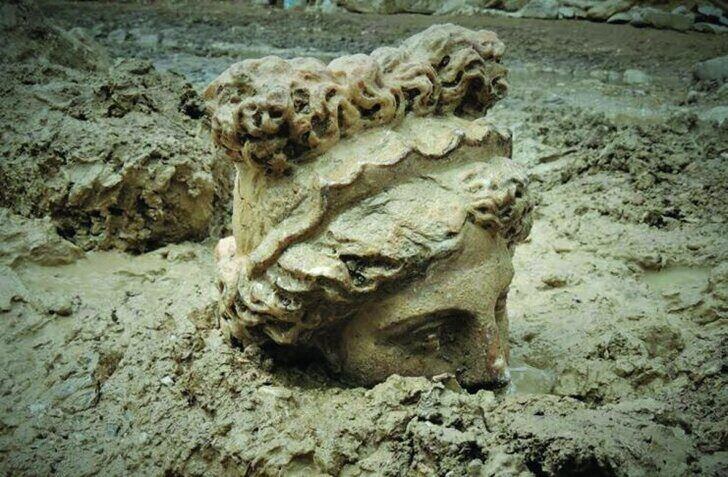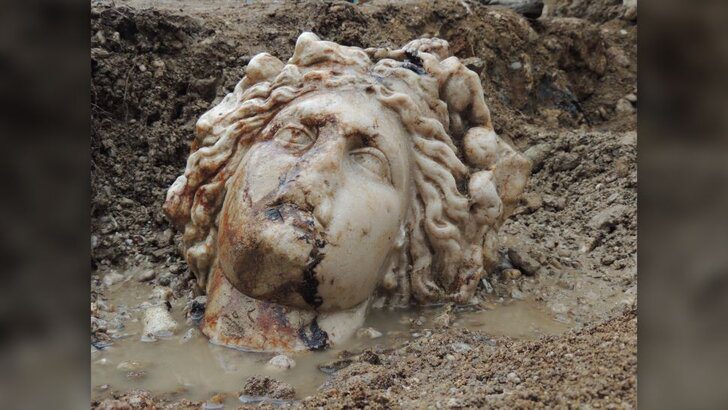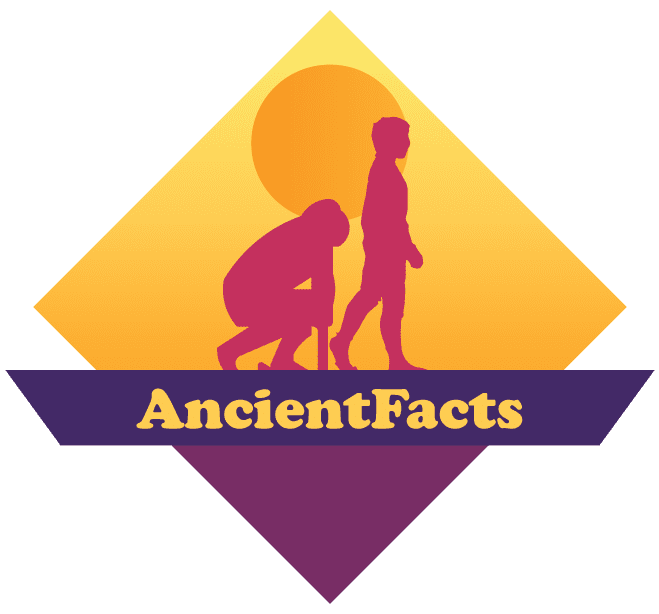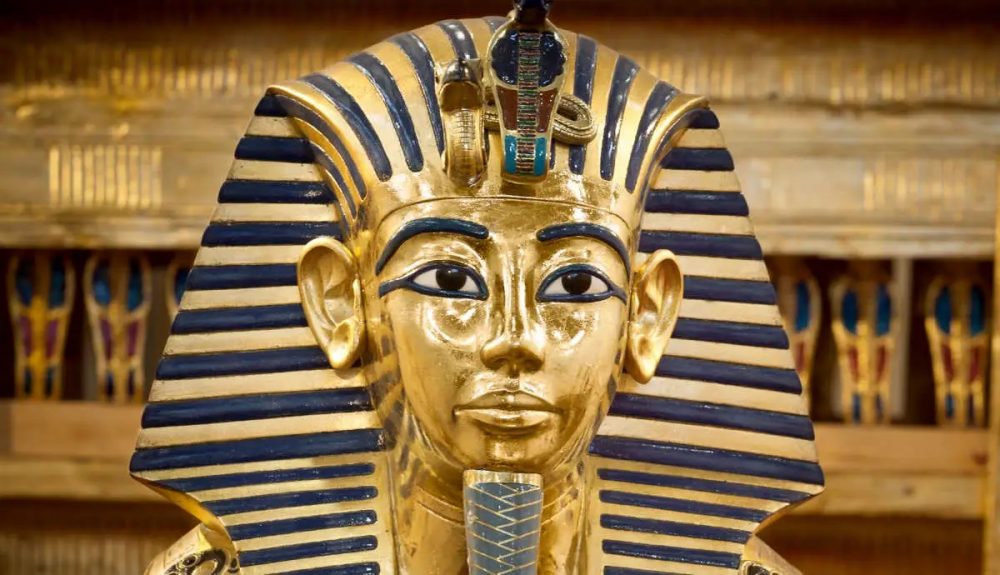Feeling the warmth of love in the cockles of their hearts, impassioned lovers pledge to stay together till eternity; the power of their love will vanquish even the ravenous maw of death.
While the mortal race is utterly clueless about its sheer possibility, it’s absolutely realizable in the immortal world as depicted by the unearthing of the statue heads of Greek gods - Aphrodite and Dionysus - in the Turkish city of Aizanoi.

Head of Aizanoi Excavation/Anadolu Agency via Getty Images | As a part of the Penkalas project, the students of Kütahya Dumlupınar University have unearthed the statue heads of Greek gods Aphrodite and Dionysus
Tales of love are in abundance in Greek and Roman mythology. The “grand love affair” of Aphrodite, the Goddess of love and beauty, and Dionysus, the God of wine and ecstasy, is one such instance that is known to all. Plus, considering their enormous influence in mythology, this discovery is of utmost significance.
But who is to be credited for this revelation? How is Aizonai related to Roman mythology? Let’s find out!
A Major Archaeological Breakthrough!
As a part of the Penkalas project, the students of Kütahya Dumlupınar University were involved in a series of excavations. In one of the previous digs, the statues' bodies were found, but quite surprisingly, the heads couldn’t be located.
How the heads got separated from the bodies is another mystery in itself. However, Gokhan Coskun, an archaeologist and excavation coordinator, reported these discoveries to Anadolu Agency as “important findings” to determine the pantheistic culture of ancient Greece, which retained its significance even in the Roman era. He presumes that there might have been a sculpture workshop that led to the carving of these heads.

Bahar Cumingur/Heritage Daily | The discovery has been made in the Turkish city of Aizanoi, which was an ancient Greek city of eminence and has been a host to a plethora of Greek and Roman artifacts over the years
The Enthralling Heads
Since the Gods were known to be in love with each other, archaeologists find it pertinent that the statue heads were unearthed in close proximity. In conversation with Geo, a French news website, they reported that the limestone heads of Dionysus and Aphrodite measure 17 inches and 19 inches tall, respectively. Not to mention, of course, that they were moved by the “astonishing beauty” of these statue heads!
The Beauty of the Bygone Turkish City
Located in western Anatolia, which is known as Çavdarhisar in current times, Aizanoi was an ancient Greek city of eminence. It has been occupied since the Bronze Age, emerging in the Hellenistic period. In 133 BC, the city, being passed on to Rome, emerged as an important economic and political center in the Roman province of Phrygia Pacatiana.
Since time immemorial, Aizonai has therefore been a host to a plethora of Greek and Roman artefacts. Some of the significant ones include two Turkish-style baths, one of the best-preserved Zeus Temples in the world, a Roman indoor market or macellum, and the sacred cave of Metre Steune.
Plus, previous excavations even disinterred the fragments of Hygieia’s statue, the Goddess of health and hygiene. And now, these limestone heads, too, have made their way into the possession of this ancient city. No wonder, Aizanoi was listed as a UNESCO World Heritage Site in 2012.

Head of Aizanoi Excavation/Anadolu Agency via Getty Images | The limestone heads measure 17 inches and 19 inches respectively, and archeologists claim they're "astonishingly beautiful"
Wrapping It up
Greek and Roman mythology being an indispensable part of our school life, these supremely interesting discoveries surely light up our boring days! Here’s to wishing the archaeologists good luck on divulging more such romantic secrets!




